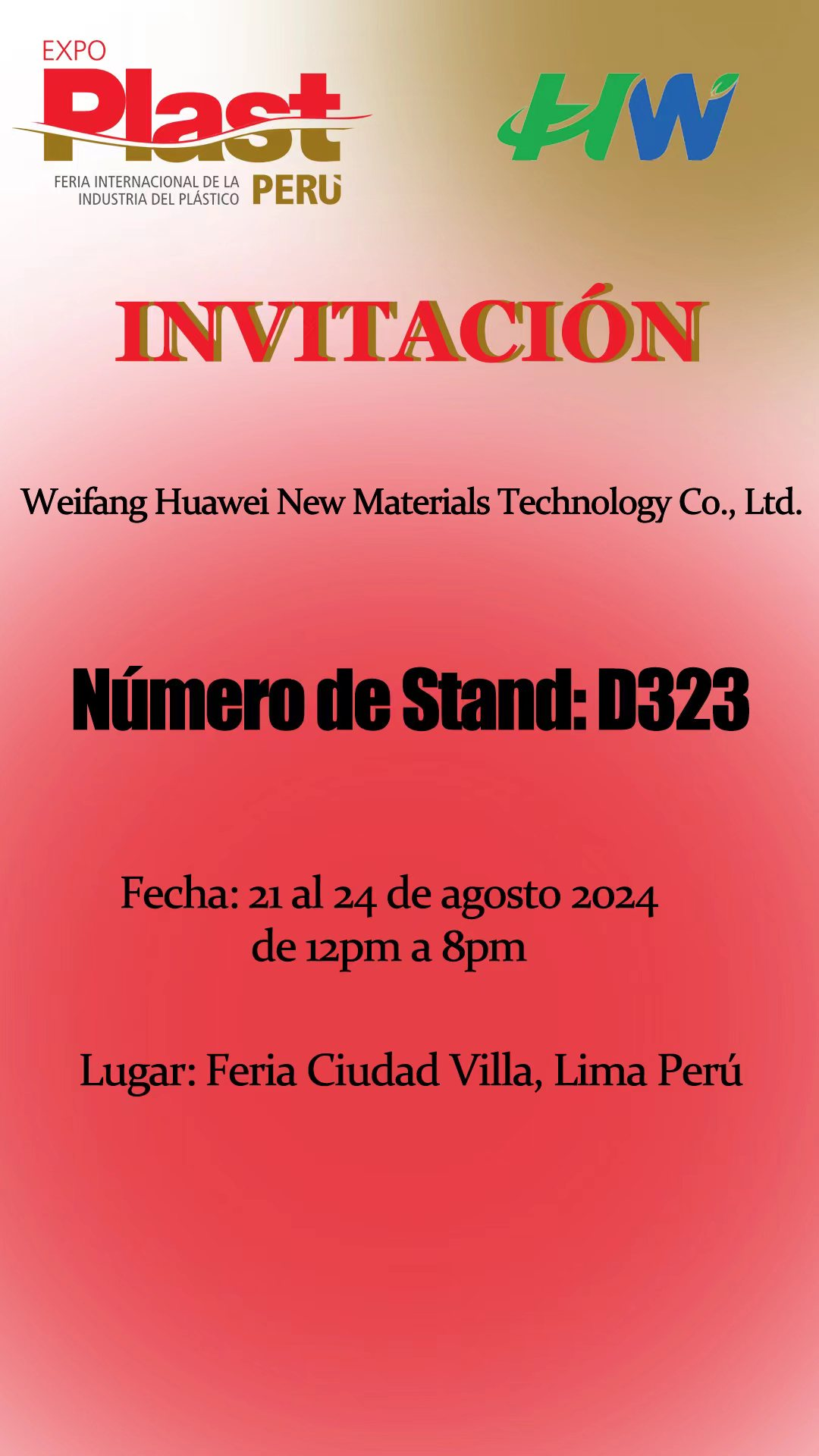As a company that provides biodegradable plastic products, Huawei is often asked this question: “What is PBAT?" It is one of the most commonly used ingredients in biodegradable packaging. Here's what you need to know about PBAT and how it reduces your carbon footprint on the planet.
PBAT was developed to solve the environmental pollution caused by recycling conventional plastics. Basically, TONS of wasted plastics end up being burnt or buried in land during the recycling process. It's a bummer, because life would be way easier if recycling was a perfect solution. However, the current recycling rate is below 10% each year in Australia.
In fact, the recycling rate is so low that most of the plastic that exists today has been made in the last decade. Instead of getting recycled, PBAT-based compostable bioplastics decompose, thanks to naturally occurring microorganisms (AKA fungi, algae and bacteria).
Whether home or commercially composted, the bioplastics will break down without creating methane, or emitting any harmful toxins. It's also the cheapest and easiest bioplastic product to make.
PBAT is short for Polybutylene Adipate Terephthalate. Try saying that 5 times fast. And since the long version is quite a mouthful, it's fondly called, PBAT.
PBAT is a polymer that breaks down completely when home-composted leaving no toxic residues behind. This makes it an excellent alternative to toxic or harmful materials like plastic and other non-biodegradable plastics.
Created to fight the burgeoning plastic problem around the world, PBAT is one of those materials that incredible potential when it comes to looking for plastic alternatives.
Millions of pieces of plastic are collected in landfill every year. Without quickly moving to the right solutions such as using materials like PBAT, we are creating bigger problems for generations to come.
Reusing and recycling plastics has been a common solution, but it poses many dangers and still acts like normal plastic in landfill. However, utilising home compostable options is even better, because as more and more consumers compost at home, less and less materials are taken to landfill.
While PBAT can decompose completely without leaving toxic residues, it is not technically renewable. Even though it is the best alternative for e-commerce packaging that we have at this time, we are continuing to look for new plant-based ingredients that can further reduce our dependency on fossil fuels.
When you compost a PBAT product at home, the materials break down easily. Their impact on the planet is incredibly lower than the impact of plastics because plastic production uses a lot more renewable resources than PBAT production.
The plastic packaging industry creates tons of plastic waste and a lot of it ends up in the landfill. By moving to compostable packaging solutions the industry can significantly reduce plastic pollution.
Learning about the ingredients that go into your packaging products and awareness of how they can impact the planet can be the first step to moving towards a sustainable business. Contact us for more information!
